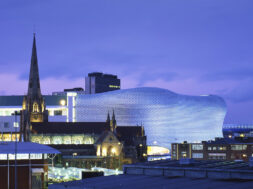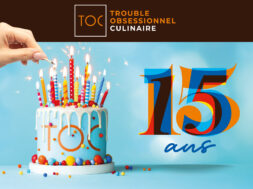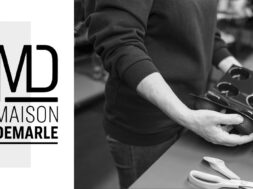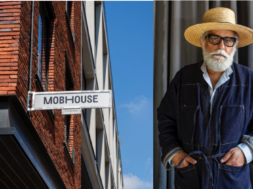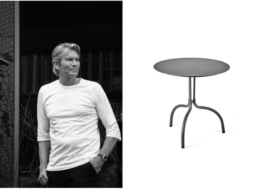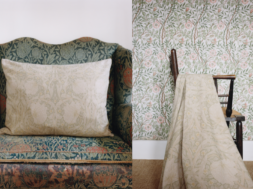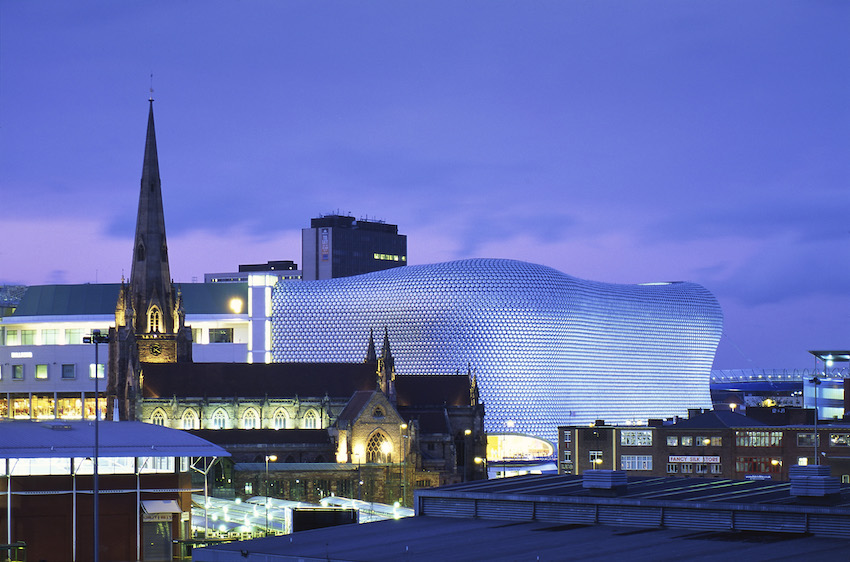
DEPARTMENT STORES: A GROUP PORTRAIT
The Cité de l’Architecture et du Patrimoine is hosting a major exhibition entitled « The Saga of Department Stores from 1850 to the Present Day. » This exhibition explores their evolution in a multidisciplinary manner on a global scale. The influence of these great temples of consumption continues to shape our societies.
Five years were needed to prepare the exhibition, and many of the nearly 500 works gathered are being presented for the first time. According to co-curators Isabelle Marquette and Elvira Férault, « The department store holds a strong evocative power. It is seen as a major innovation from its inception. It represents both an unprecedented architectural phenomenon and a showcase for profound economic and social changes ». Although familiar, it is also little known. The Parisian exhibition traces its history of over 150 years in three main periods. It is open for viewing until April 2025.
THE GOLDEN AGE
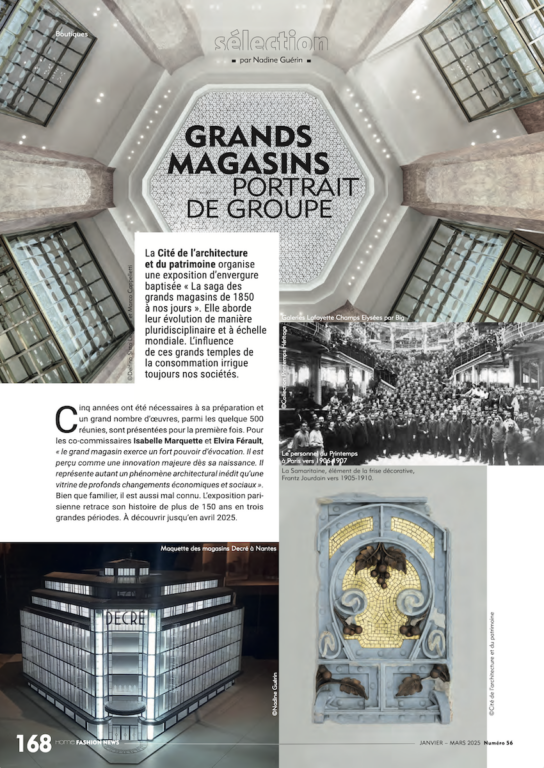
The department store emerges under the Second Empire. The rise of transport, industry, and urbanisation in the late 19th century fosters the evolution of commerce into a new retail genre. The great metropolises welcome their first department stores before 1900. Imposing corner buildings topped with domes, even urban islands, create a new architectural archetype. In Paris, Nancy, and Mexico, the Art Nouveau style, which is in vogue at the time, prevails. « The building must serve as an advertisement » for an emerging bourgeois clientele discovering the act of shopping. Shopping is born! The window display stretches along the store, taking the form of a promenade. Inside, the décor is monumental and luxurious, with spaces organized around a vast hall and a majestic staircase, all with a single purpose: to showcase the products. The theatricality is conducive to entertainment, and pleasure removes the inhibitions surrounding the act of shopping. « The department store is a place of commerce as much as sociability from the very beginning. Its modernity lies in the development of unprecedented sales techniques, accompanied by a social and professional organization unknown until then ».
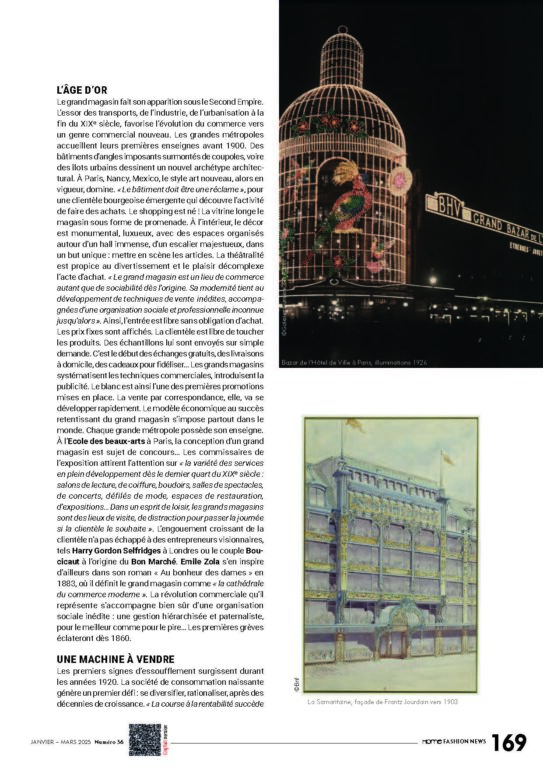
Thus, entry is free with no obligation to purchase. Fixed prices are displayed. Customers are free to touch the products. Samples are sent on request. This marks the beginning of free exchanges, home deliveries, and gifts to build customer loyalty… The department stores systematize sales techniques and introduce advertising. White linen is thus one of the first promotions introduced. Mail order sales, in turn, begin to develop quickly. The highly successful economic model of the department store establishes itself worldwide. Every major metropolis has its own store. At the École des beaux-arts in Paris, the design of a department store is the subject of a competition… The exhibition curators draw attention to « the variety of services rapidly developing in the last quarter of the 19th century: reading rooms, hair salons, boudoirs, performance halls, concert venues, fashion shows, dining areas, exhibition spaces… In a spirit of leisure, department stores are places to visit, to relax and spend the day if customers wish ». The growing enthusiasm of customers has not escaped visionary entrepreneurs such as Harry Gordon Selfridges in London or the Boucicaut couple behind Le Bon Marché. Emile Zola is inspired by this in his 1883 novel Au bonheur des dames, where he describes the department store as « the cathedral of modern commerce ». The commercial revolution it represents is, of course, accompanied by a new social organisation: a hierarchical and paternalistic management style, for better or worse… The first strikes will break out as early as 1860.
A SELLING MACHINE
The first signs of decline emerge during the 1920s. The emerging consumer society presents a new challenge: diversification and rationalisation, after decades of growth. « The race for profitability follows the grandeur and flamboyance. »After the Second World War and the « Glorious Thirty » (1946-1975), department stores are no longer at the forefront of modernity ». The flat price, low costs, and the construction of supermarkets on the outskirts of cities target a more modest clientele. The goal is to meet the demands of mass consumption. The department store is forced to adapt, to reorganise. Facades are closed, transformed into functional shells. Sales floors are expanded. Air conditioning makes its appearance. The escalator streamlines movement, inviting customers to discover products from a different angle… The Galeries Lafayette – then the largest department store in Europe – is grandly inaugurated in 1951… Parking lots and shuttles optimise access. « The rationalisation of spaces and practices tends to standardise the stores« . In fact, this began in the late 1920s when department store managers around the world formed an association to improve their commercial strategy. In 1929, marketing is born, a discipline that will continue to grow throughout the century. It will make the customer its main focus! Other upheavals deeply transform the very organisation of work.
Buying centres replace the former department heads, who were solely responsible for selecting products. Recruitment policies standardise hiring procedures. Jobs in advertising and communications expand. In these decades of change, department stores strive to remain attractive and maintain their influence. Ready-to-wear fashion, which emerges in the post-war period as well as design, also allow them to differentiate themselves. Behavioural studies of customers lead to the segmentation of offerings. Youth becomes a new target to conquer in the 1960s. Men, too, as evidenced by the creation of SOS Homme at Le Bon Marché in 1964. With the help of designers, interior architects, and artists, the department store becomes « the showroom of modern life ». However, the shopping experience gradually recedes in favour of the act of purchasing. A trend that continues into the 1970s.
RENEWAL
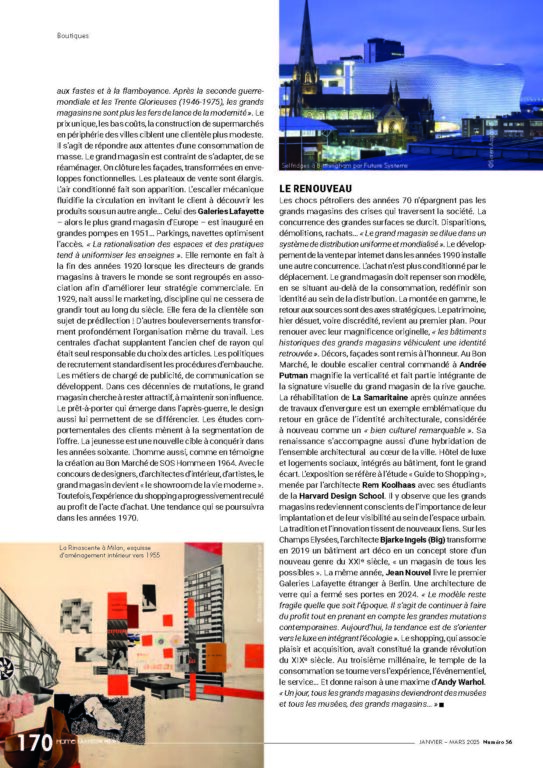
The oil crises of the 1970s do not spare department stores from the crises affecting society. The competition from large retail chains intensifies. Closures, demolitions, takeovers… « The department store dissolves into a uniform and globalised distribution system ». The rise of online shopping in the 1990s introduces yet another form of competition. Purchasing is no longer tied to physical movement. The department store must rethink its model, moving beyond consumption, and redefine its identity within the retail sector. Upscaling and a return to its roots become strategic focuses. The heritage, once outdated and even discredited, is now brought to the forefront. To reconnect with their original magnificence, « the historic buildings of the department stores convey a rediscovered identity ».
Décors and façades are brought back into the spotlight. At Le Bon Marché, the central double staircase designed by Andrée Putman enhances the verticality and has become an integral part of the visual signature of the Left Bank department store. The restoration of La Samaritaine, after fifteen years of extensive renovation, is an iconic example of the resurgence of architectural identity, now regarded once again as a « remarkable cultural heritage« . Its revival is also accompanied by an integration of the entire architectural complex into the heart of the city. A luxury hotel and social housing, integrated into the building, create a striking contrast. The exhibition refers to the « Guide to Shopping » study, conducted by architect Rem Koolhaas with his students from the Harvard Design School.
He notes that department stores are becoming increasingly aware of the importance of their location and visibility within the urban space. Tradition and innovation are weaving new connections. On the Champs-Élysées, architect Bjarke Ingels (Big) transformed an Art Deco building in 2019 into a new kind of 21st-century concept store, « a store of all possibilities ». That same year, Jean Nouvel unveiled the first international Galeries Lafayette store in Berlin, featuring a glass architecture. It closed in 2024. « The model remains fragile, no matter the era. It’s about continuing to profit while taking into account the major contemporary changes. Today, the trend is shifting towards luxury, incorporating ecology ». Shopping, which combined pleasure and acquisition, was the great revolution of the 19th century. In the third millennium, the temple of consumption has turned towards experience, events, and service… and gives credence to an Andy Warhol quote: « One day, all department stores will become museums, and all museums, department stores… »
